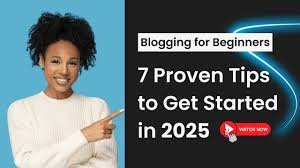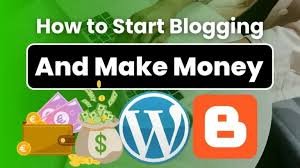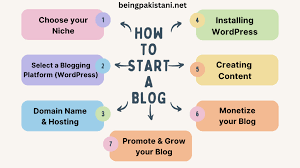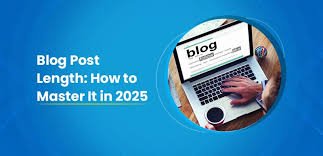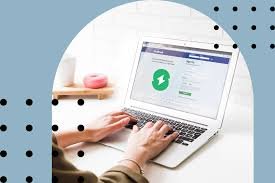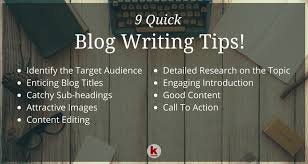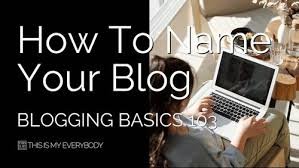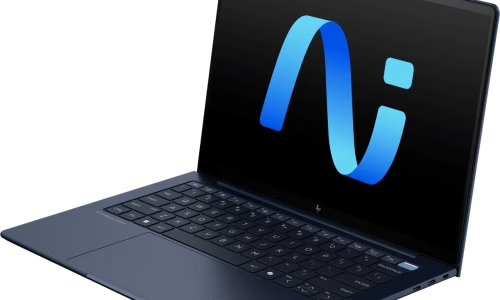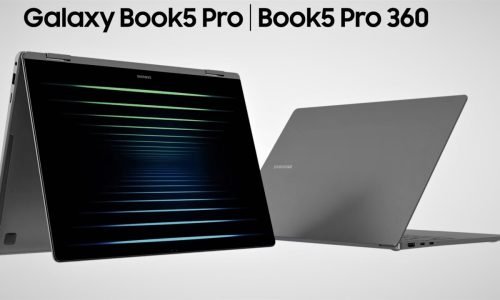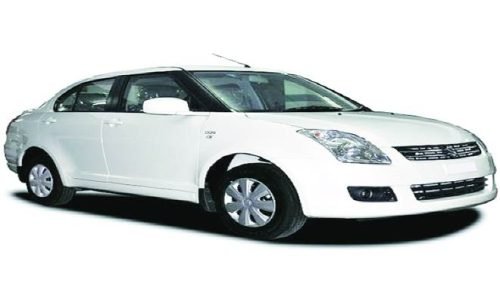How to Start Blogging: Key Basics Every New Blogger Should Know
Introduction Starting a blog is a rewarding and creative endeavor, whether you’re doing it to share personal experiences, establish a professional presence, or build an online business. But with so many options and tools out there, it can be overwhelming to know where to begin. In this post, we’ll walk you through the key basics every new blogger should know to successfully launch their blog and grow it over time. 1. Identify Your Blogging Goals Before jumping into the technical aspects of blogging, it’s important to first define your goals. Understanding why you want to start blogging will help you choose your niche, content strategy, and monetization options. Here are some common blogging goals: Once you’ve clarified your goals, you’ll have a clearer direction for the content you create and the way you promote your blog. 2. Choose Your Niche The next step in starting your blog is selecting a niche. Your niche defines the central theme of your blog and the audience you’ll cater to. Focusing on a specific topic will help you stand out in the crowded blogging space. A few popular blogging niches include: Choose a niche that you are passionate about, as writing about something you love will make blogging much more enjoyable and sustainable in the long run. 3. Select the Right Blogging Platform Once you’ve decided on your niche, it’s time to pick a blogging platform. The platform you choose should offer the flexibility and features you need to grow your blog. While there are many options available, the most popular platform among bloggers is WordPress.org (self-hosted). Here are the key blogging platforms to consider: WordPress.org is generally recommended for its versatility, SEO capabilities, and the large number of themes and plugins that can enhance your site. 4. Pick a Domain Name Your domain name is your blog’s online address (e.g., www.yourblog.com). Choosing a domain name is a critical step, as it reflects your blog’s brand and is what readers will type into their browser to find you. Tips for choosing a domain name: There are many domain name registration services like GoDaddy or Namecheap where you can check the availability of your desired domain and purchase it. 5. Set Up Hosting and Install WordPress After purchasing a domain name, you’ll need web hosting to store your blog’s files. Many hosting providers offer affordable plans for beginners, and some even include a free domain with the hosting package. A few popular hosting providers are: Once you’ve signed up for a hosting plan, most hosting companies offer a one-click WordPress installation. This process is simple and quick, and it’s the easiest way to get your blog up and running. 6. Design Your Blog Your blog’s design plays an important role in attracting and retaining readers. Thankfully, WordPress offers a variety of free and premium themes that can be customized to fit your brand. When selecting a theme, consider: Once your theme is installed, you can customize your blog’s header, footer, sidebar, and more. Make sure the design reflects your niche and resonates with your target audience. 7. Create High-Quality, Engaging Content At the heart of any successful blog is high-quality, engaging content. This is the area where you’ll want to invest the most time and effort. Your blog posts should be informative, interesting, and valuable to your readers. Here are a few tips for creating great content: Remember, consistency is key. Plan a content schedule and stick to it so your readers know when to expect new posts. 8. Promote Your Blog Once your blog is live, promoting it is essential to attract traffic. Here are a few ways to promote your blog: By leveraging these promotional strategies, you’ll begin building a community of readers who are excited to engage with your content. Conclusion Starting a blog is an exciting adventure, but it requires time, effort, and consistency. By following these key steps—defining your goals, selecting the right platform, creating great content, and promoting your blog—you’ll be well on your way to becoming a successful blogger. Remember, the most important thing is to stay passionate and enjoy the process! Tags: How to start a blog, blogging basics, new blogger tips, WordPress blog setup, blog design

